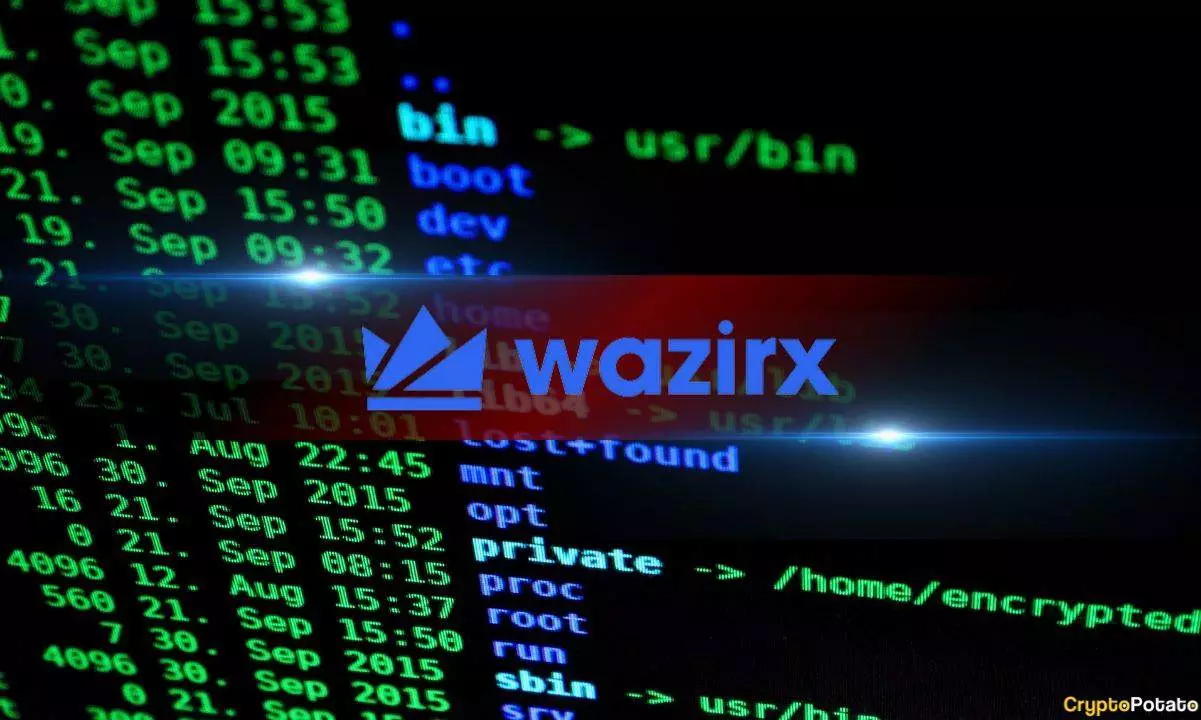The world of cryptocurrency has become synonymous with both innovation and risk, especially when high-profile incidents like the recent WazirX attack unfold. This substantial breach, which cost the exchange over $230 million, has raised critical questions about security protocols, regulatory oversight, and the cyber threat landscape in the crypto sphere.
The attack on WazirX, one of India’s largest cryptocurrency exchanges, is a significant rap on the knuckles for the crypto community. It was first reported nearly four months ago, stirring widespread concern regarding the safety of digital assets in an age where online breaches are more commonplace. The assailants allegedly utilized sophisticated techniques to breach WazirX’s hot wallet, extracting vast amounts of digital currency. The breached systems have shaken investor confidence and spotlighted vulnerabilities that can be exploited by malicious actors.
Despite the chaos ensuing from the breach, the investigative process appears to have gained momentum recently. Authorities in West Bengal have arrested a suspect identified as SK Masud Alam, who has purportedly been linked to orchestrating the attack. Reports indicate he masqueraded under the alias “Souvik Mondal” and utilized a Telegram account to facilitate the illicit trade of compromised assets. This pivotal arrest provides a glimmer of hope for the beleaguered WazirX and a warning to other potential criminals lurking in the shadows.
While Alam’s capture is a welcome development, the investigation has underscored the role of Liminal Custody, the firm responsible for securing WazirX’s wallets. Reports have indicated a lack of cooperation from Liminal during critical phases of the investigation, raising alarms about whether the custodial service adhered to adequate security protocols. Such negligence not only jeopardizes an exchange’s asset security but also casts doubt on the custodial industry’s regulatory environment. The accountability of custodial firms must be a focal point of any future discussions on crypto security, especially given the ecosystem’s rapid evolution.
Despite Liminal’s reluctance, WazirX has been proactive in collaborating with law enforcement. The exchange has provided essential transaction logs and know-your-customer (KYC) data that have proven vital in reconstructing the timeline leading to the breach. This level of cooperation is commendable and contrasts starkly with the alleged inaction from Liminal.
As investigations unfold, officials face daunting obstacles. The complexities surrounding cryptocurrency transactions often result in complicated trails that can easily be obscured. To mitigate these challenges, the Intelligence Fusion and Strategic Operations (IFSO) team from the Delhi Police has implemented advanced forensic methods, including the confiscation of three key laptops from WazirX’s multi-signature wallets. These artifacts may yield critical insights into how the attack exploited system vulnerabilities.
Furthermore, the specter of North Korean hackers looms large over this incident. The Lazarus Group, often linked to the North Korean regime, has a notorious history of hacking within the crypto industry, allegedly pilfering substantial amounts over the years. Analysts have previously pointed out similarities between the WazirX attack and the methodologies employed by this group. Such allegations necessitate international cooperation to combat transnational cybercrime effectively.
The WazirX breach is a crucial learning point for the entire cryptocurrency industry. As technologies evolve, so too must the tactics employed by security professionals and regulatory bodies. The incident emphasizes the necessity for stricter regulations around custodial services and transparency among exchanges. For investors, it brings the importance of understanding security measures into sharper focus and calls for heightened due diligence before engaging with digital assets.
Additionally, as the crypto sector grapples with these security crises, the evolution of regulatory frameworks is imperative. Policymakers need to adapt to this rapidly changing environment by formulating legislation that addresses the unique challenges and risks associated with cryptocurrencies.
The WazirX breach illustrates the fragile nature of trust in the cryptocurrency landscape. Both the industry and law enforcement agencies must remain vigilant, adaptive, and cooperative to fortify defenses against burgeoning threats and ensure the integrity of digital asset management for the future.

